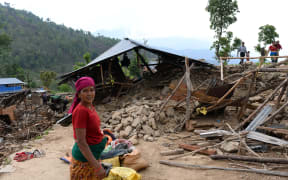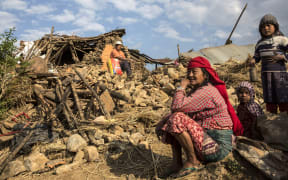The United Nations is calling for relief efforts to help millions of Nepalis reeling from the aftermath of the massive earthquake to be scaled up.
The UN has launched a $US415 million appeal to speed up the delivery of aid to victims of the Saturday's 7.8 magnitude quake that has killed more than 5000 people and injured more than 10,000.
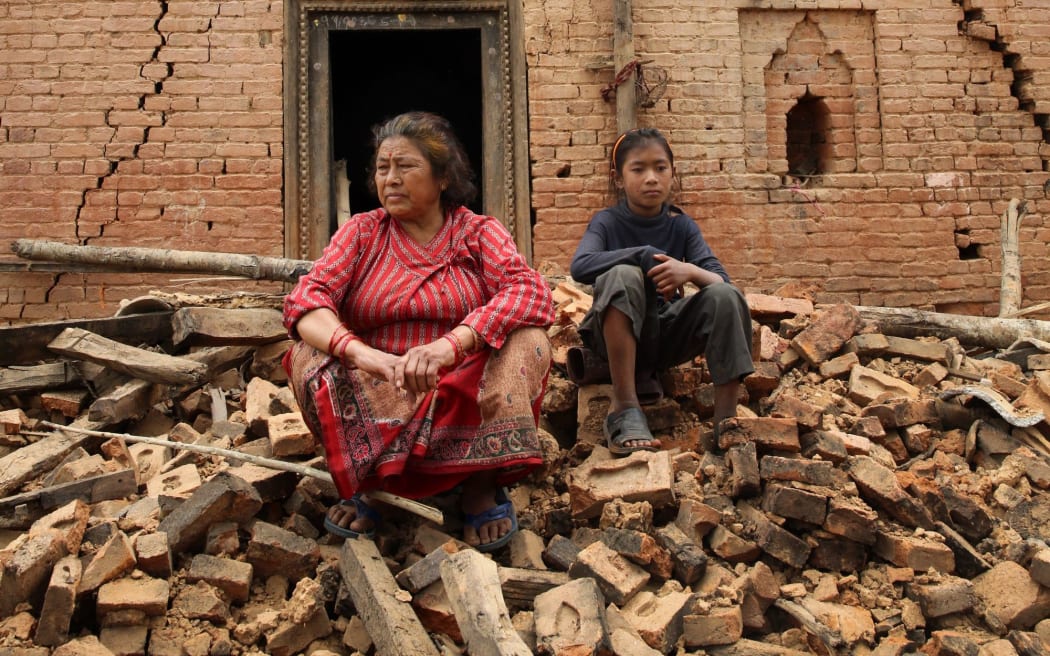
The village of village of Sathighar, north of Kathmandu. Photo: AFP / Palani Mohan / IFRC
The United Nations estimates eight million people have been affected, with at least two million homeless and urgently needing tents, water, food and medicines.
The appeal comes as anger mounts over delays in delivering aid to those in need four days after disaster.
Aid has begun to reach remote regions closer to the epicentre the devastating earthquake.
However government officials admit aid has been slow, with broken bridges and roads blocked by landslides making it difficult to reach rural areas near the epicentre.
"The government is trying its best to deliver the relief materials," National Disaster Management chief Rameshwor Dangal told the BBC. "The problem is the level of disaster is very high and it's spread over more than 20 districts."
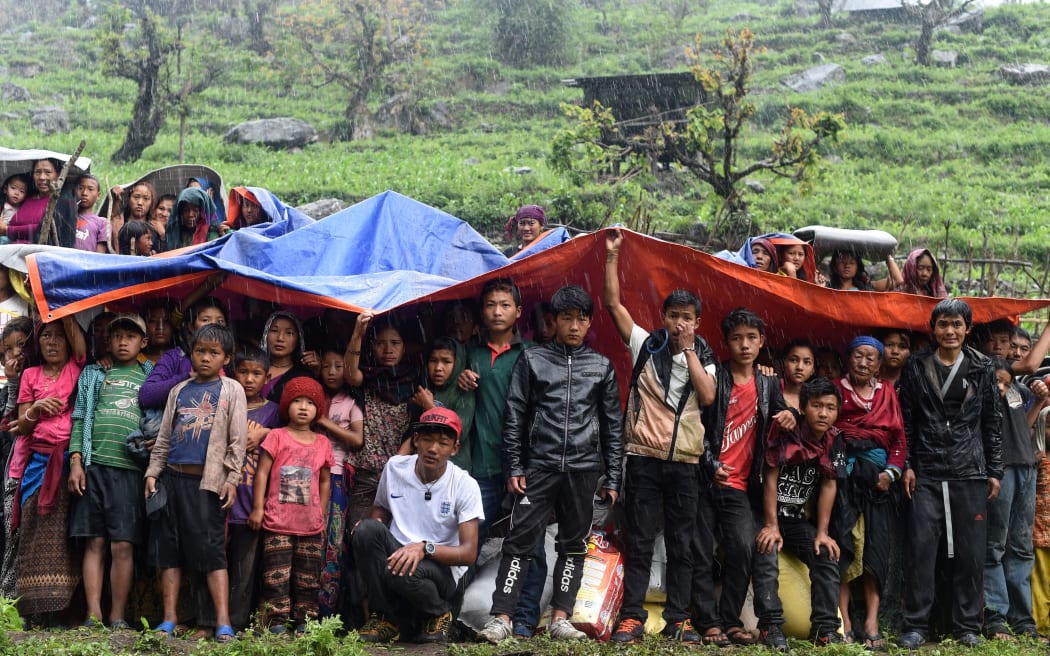
Nepalese villagers shelter from rain under foam and plastic sheets at they wait for aid. Photo: AFP
The government was struggling to fully assess the devastation wrought by the quake. "This is a disaster on an unprecedented scale. There have been some weaknesses in managing the relief operation," Communication Minister Minendra Rijal said late on Tuesday.
Renaud Meyer of the UN Development Programme said Kathmandu's single-runway airport was struggling to accommodate the rush of aid flights, but teams were delivering supplies as quickly as possible.
In the capital, about 200 people protested outside parliament, asking for more buses to go to their homes in remote parts of the country and to hasten the distribution of aid.
Rescue helicopters have been unable to land in some remote mountainous areas such as the worst-hit district of Gorkha as entire hillsides have collapsed, burying settlements, and making access almost impossible.
Oxfam also said it was struggling to get supplies out to remote areas in Nepal because of blocked roads and congestion at the airport.
They were trying to get supplies overland from India.
Push to get children back into school
Unicef said it was working to get children in Nepal back to school as soon as possible to give them a safe environment.
Unicef New Zealand director Vivien Maidaborn said getting children back into schools was important.
Mrs Maidaborn said it was hard to think about education so soon after a tragedy, but children do better when their environment is normalised as quickly as possible.
She said there was still uncertainty over the scale of need as the death toll rises and more information filters in from remote areas of Nepal.
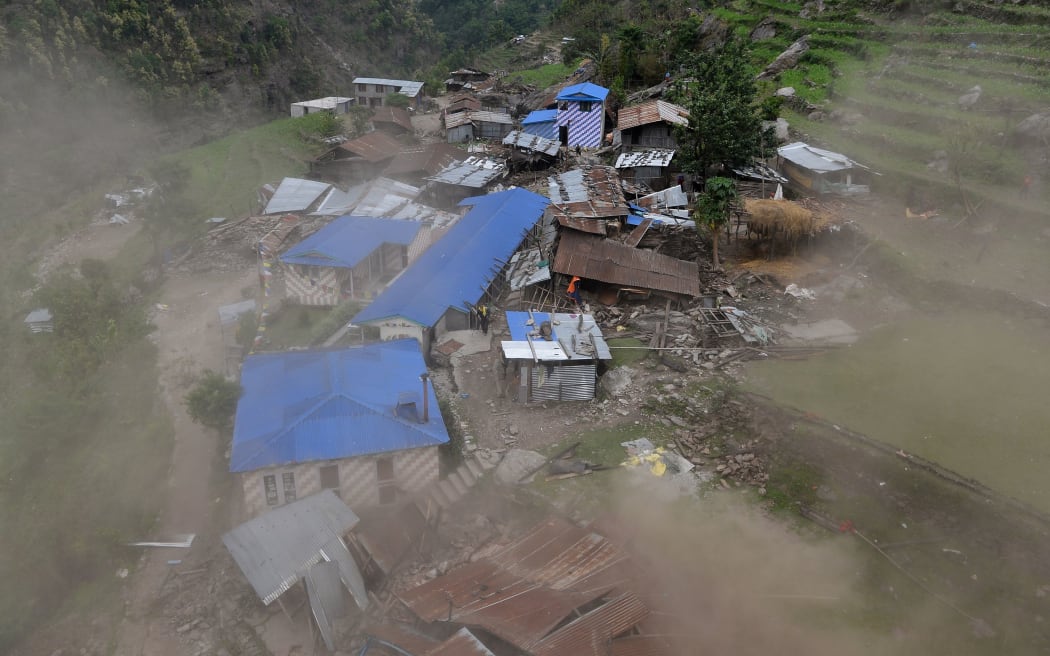
Damaged houses are seen from an Indian Army helicopter at Lapu in the Nepalese area of Gorkha. Photo: AFP
- Reuters, BBC

